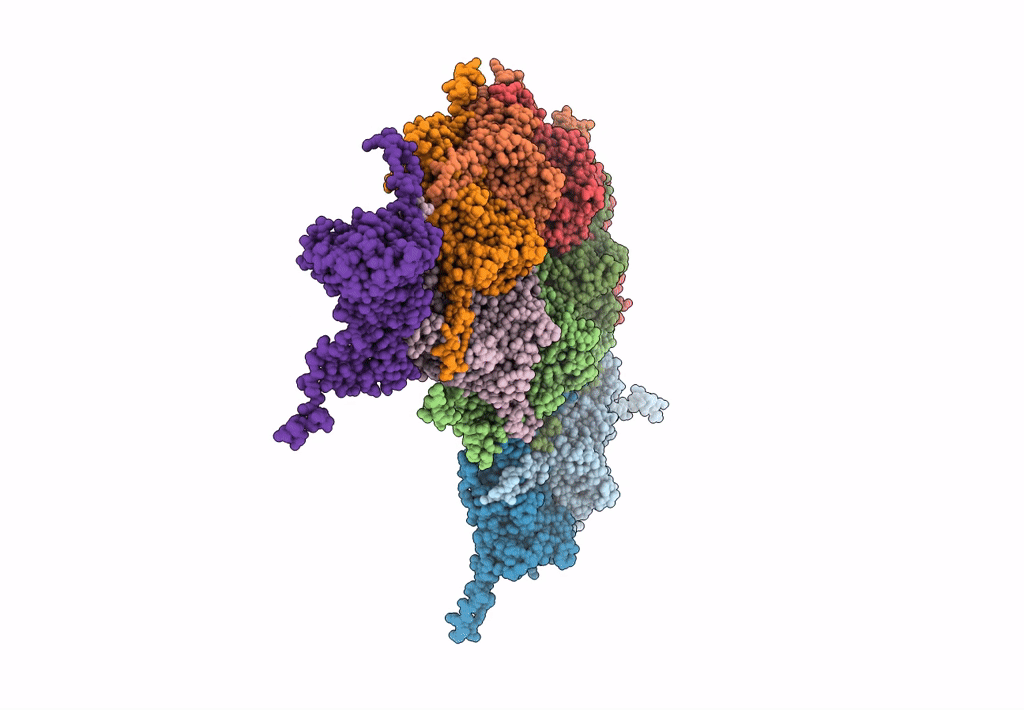
Deposition Date
2021-06-15
Release Date
2021-09-29
Last Version Date
2024-06-12
Method Details:
Experimental Method:
Resolution:
3.35 Å
Aggregation State:
PARTICLE
Reconstruction Method:
SINGLE PARTICLE


